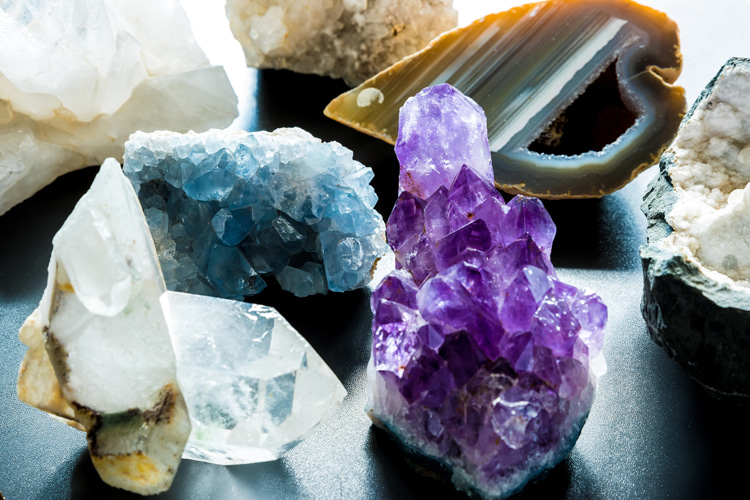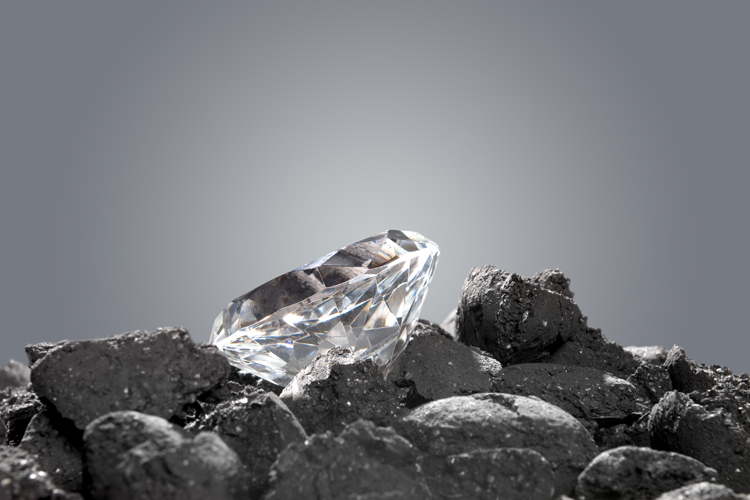There are four gems deemed precious in the western world: diamond, ruby, emerald, and sapphire. The remaining gems are called semi-precious gemstones, but this title doesn’t always reflect their value.
The ornamental use of jewelry and gemstones is deeply rooted in the history of humankind.
They developed personal, public, and spiritual meanings to men, gaining greater social importance as human civilizations evolved.
Gemstones seem to be particularly fascinating to us.
They hold religious, healing, reputation, political, and wealth connotations, gaining the status of symbols in both ancient and modern societies.
Therefore, it is no surprise that in antiquity, the term “precious stone” was attributed to the rarest and most sought-after gems at the time.
In the 19th century, the terms precious and semi-precious became widespread.
“Precious” labeled the shortlist of the most valued gems, and “semi-precious” defined the remaining exemplars relevant to jewelry.
Currently, gemstones used in jewelry that are not diamond, ruby, emerald, or sapphire are generally called semi-precious, so the list of minerals under this classification is rather extensive.
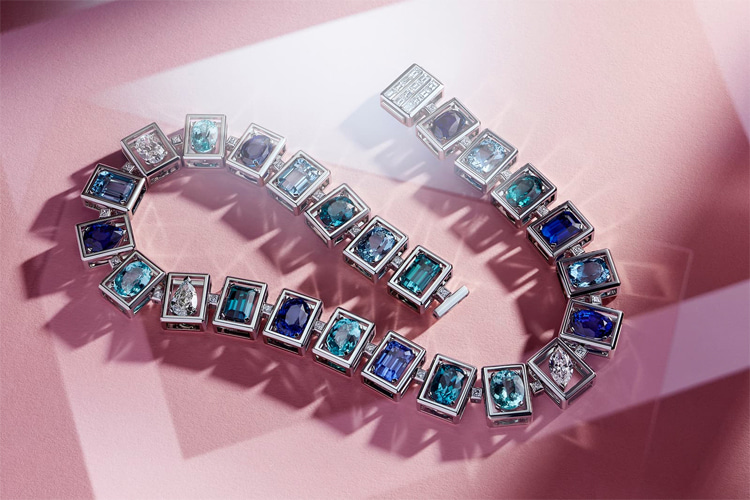
Precious or Semi-Precious: What Is the Difference?
As ingrained in the collective awareness as they may be, the labels “precious” and “semi-precious” can be very deceiving.
They aren’t scientifically based nor reflect the grade or quality of a gem.
Emerald (precious) and aquamarine (semi-precious), for example, are both varieties of beryl.
Several factors define the value of a gemstone.
Rarity, color, brilliance, transparency, durability, cut, optical effects, and size are a few elements at play when determining the worth of a gem.
Some semi-precious specimens are rarer and more valuable than the four precious gems.
For example, jade, opal, and pearl are often considered precious.
Amethyst was also a precious stone in the past until large deposits were found in Brazil and other locations.
Aside from rarity, size and quality also increase the price of a semi-precious gemstone, making it more expensive than some low-quality precious specimens.
The two labels are disregarded by experts and are primarily used in the industry to highlight the four more popular rare gems in higher demand.
The correct designation for all jewelry-grade minerals is “gem.”
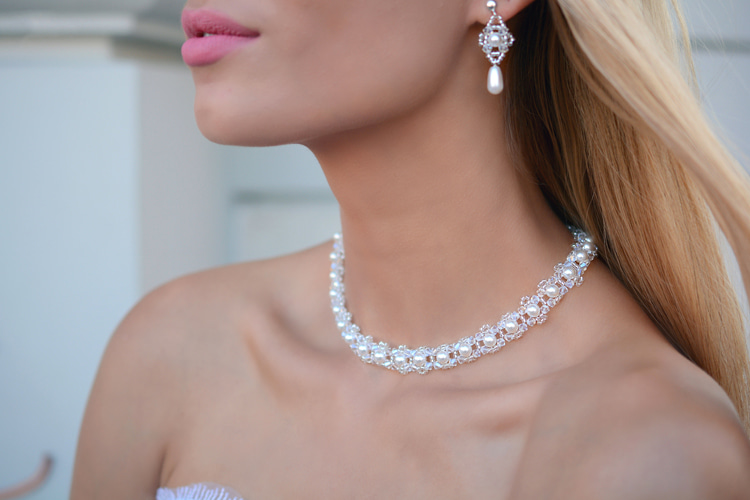
Semi-Precious Gems in Jewelry
The list of so-called semi-precious gemstones used in jewelry is long and full of wonder.
All gems are precious, each holding unique beauty and character. Nevertheless, the most commonly used semi-precious minerals are:
- Agate;
- Alexandrite;
- Amethyst;
- Ametrine;
- Aquamarine;
- Cat’s eye;
- Citrine;
- Garnet;
- Lapis lazuli;
- Moonstone;
- Peridot;
- Rose quartz;
- Tourmaline;
- Topaz;
- Turquoise;
Aquamarine, the green-blue to blue variety of beryl, is an excellent jewelry gem.
Its name derives from the Latin words aqua and marina, meaning “seawater.” As the name suggests, aquamarine’s delicate color exudes freshness and clarity.
Opal is a delicate stone used in jewelry for its stunning colors.
Precious opal displays play-of-color, an optical effect similar to a flash of bright, colorful light and beautiful patterns.
These incredible minerals reach high market values, particularly black opals.
Although not a mineral, the pearl is considered the world’s oldest gem. Today, the timeless natural pearl is very rare and, therefore, highly valuable.
The color-shifting alexandrite is an incredibly rare and prized gem.
It was first discovered in the Urals and became tsarist Russia’s national gemstone.
These are only a few examples of extraordinary gems that fall under the semi-precious designation without fitting in.
The more you look into the gemstones that appeal to you without considering the “precious” or “semi-precious” reputation, the more you will discover a fascinating world of beauty, novelty, and significance.
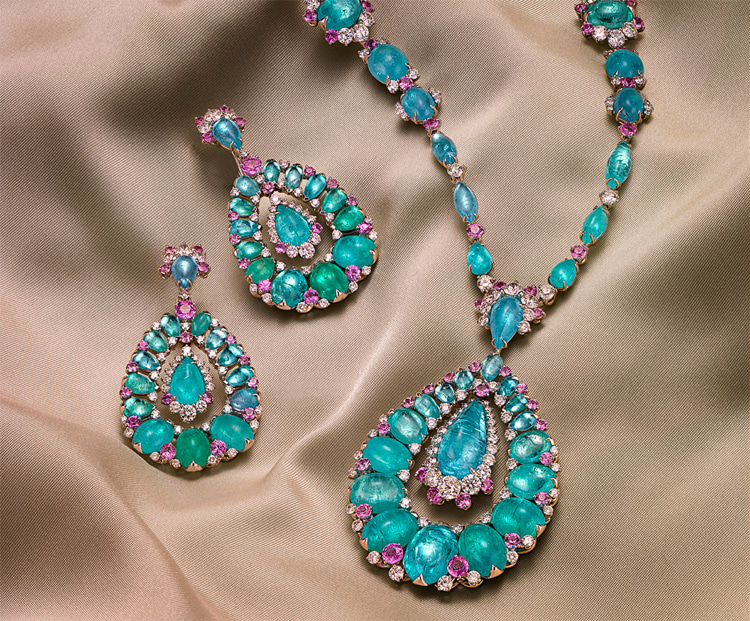
The Most Expensive Semi-Precious Gemstones
Since the term semi-precious doesn’t accurately reflect the value of a gem, it is no surprise that some of these minerals reach amazingly high market values.
For example, the very rare Paraiba tourmaline (up to $10,000 per carat) has a higher average price than ruby and sapphire.
Black opal ($9,500 per carat) and alexandrite ($70,000 per carat) can match the emerald’s average price.
Besides Paraiba tourmaline, black opal, and alexandrite, fine quality exemplars of red beryl ($10,000 per carat), musgravite ($35,000 per carat), jadeite ($3 million per carat), and tanzanite ($1,200 per carat) feature among the most expensive gemstones in the world.
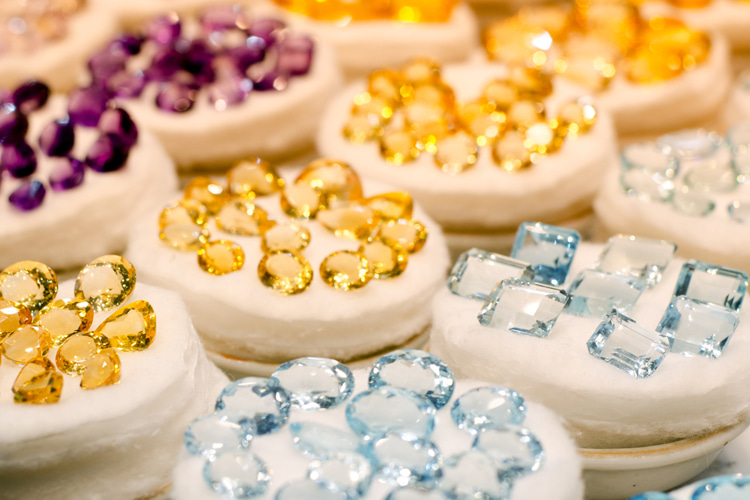
How to Choose
The first step is to look at what appeals to you.
Search liberally through the vast array of gemstone families and find the ones that better suit your taste.
Once your eyes are set on a particular mineral, look for information. Learn about wearability, quality, availability, price, reliable sellers, etc.
Even more available gems possess excellent characteristics that shouldn’t be overlooked – amethyst, topaz, and turquoise are three great examples.
The preciousness of a gem resides in the eyes of the beholder. So, dive into the world of gemstones with an open heart and find the one that is truly special to you.
